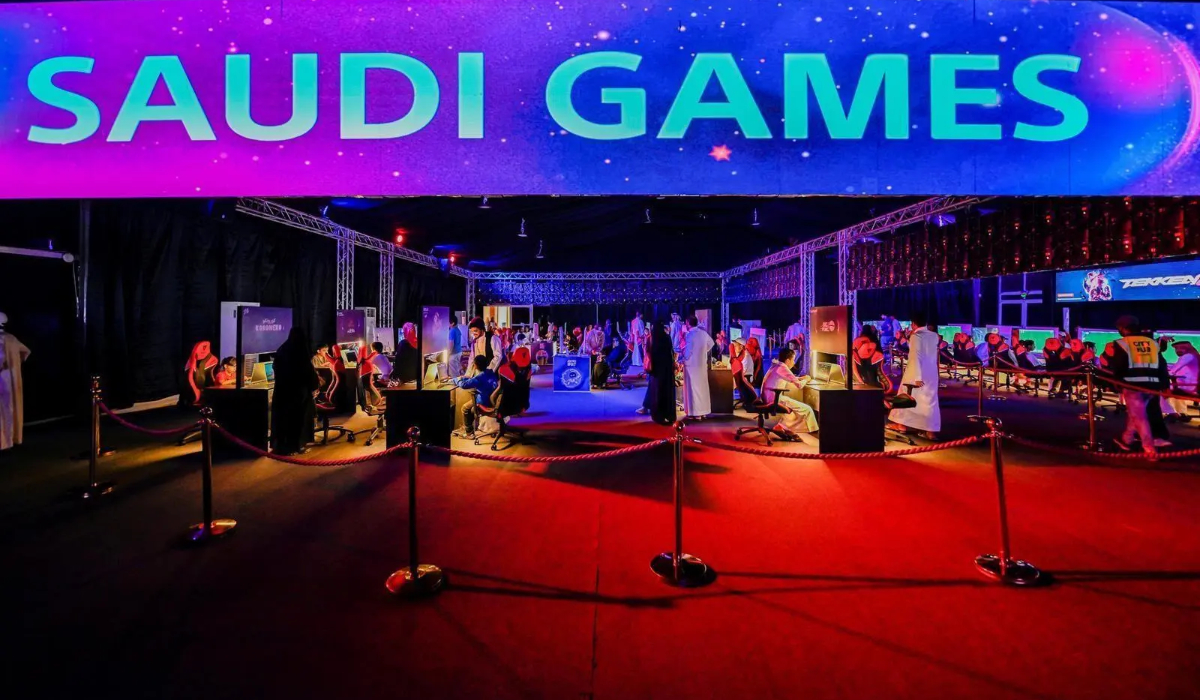RIYADH: Deep within the mountains and plains of Aseer, nature unveils one of its most magnificent geological masterpieces in the form of the region’s basalt columns.
Meticulously shaped, they stand tall as timeless witnesses, narrating chapters of the province’s rich volcanic history.
These formations are not just rigid rock structures, but natural sculptures, shaped over millions of years, embodying a harmonious blend of natural beauty and scientific depth.
The basalt columns of Asir are among the most remarkable and rarest geological phenomena in the Kingdom, captivating the attention of visitors and science enthusiasts.
Composed of volcanic rock formed from slowly cooled lava flows, these columns have shrunk and cracked over time, creating stunning geometric shapes, often hexagonal, pentagonal, or quadrilateral, with astonishing natural precision.
King Saud University Seismic Studies Center director and Saudi Society for Geosciences president Prof. Abdullah Al-Amri shared exciting insights.
He highlighted the Asir region’s rich geological formations, which can be found in several captivating locations, including Muhayil Asir, Jabal Mishrif in Al-Harajah, Qarn Mujal east of Tendha, Wadi Al-Asran, and the coastal area between Al-Qahma and Al-Barak, nestled within the Black Mountain range.
Al-Amri noted that these formations have been recognized since ancient times.
Renowned geographer Abu Muhammad Al-Hasan Al-Hamdani described them in his book “Sifat Jazirat Al-Arab” as part of the Sarat Janb range, stretching from the north of Dhahran Al-Janub to the north of Sarat Ubaida, now known as Harrat Al-Sarat.
A Cenozoic volcanic field, Harrat Al-Sarat covers around 700 square km and boasts towering mountains like Jabal Ferwa, which rises 3,004 meters above sea level, and Jabal Zalm, standing at 2,575 meters.
Saudi Geological Survey spokesperson Tariq Aba Al-Khail elaborated on the fascinating formation of basalt columns.
The unique structures arise from thermal contraction when lava cools and solidifies, resulting in vertical cracks at right angles to the cooling surface.
While the columns typically appear vertical, they may bend or tilt depending on the cooling conditions.
Aba Al-Khail likened the formations to the cracking of clay as it dries, but instead, they occur in igneous rocks, particularly basalt, and can also be found in andesite, trachyte, and rhyolite.
He explained that the remarkable formations date back around 30 million years and have been discovered in the southwestern volcanic lava fields, such as Harrat Al-Barak.
The phenomenon holds significant scientific value, offering researchers the opportunity to explore ancient volcanic activity in the Arabian Peninsula.


































